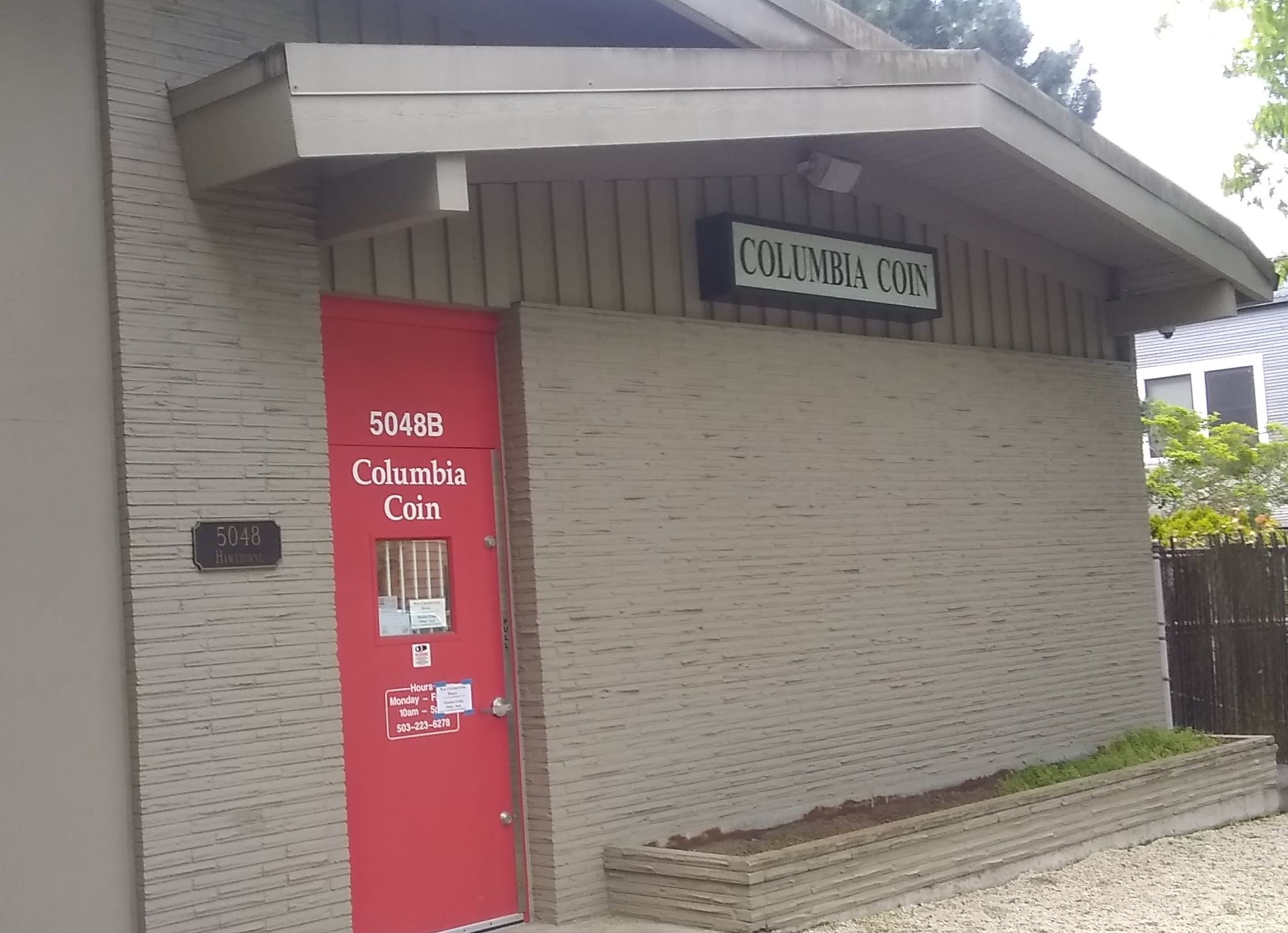Conversation in a Coin Shop
I visited a coin shop for the first time in my life. I went there to have my mother’s childhood coin collection appraised as she and my step dad get ready to move and begin downsizing.
The proprietor was an elderly Asian man wearing a side arm.
I explained my presence and he asked me to place the coins on a flat felted display.
He quickly separated the valuable from the invaluable and informed me: the foreign coins were worthless as far as monetary value went, the buffalo nickels were worth 30 cents each, the old dimes $1.50 a pop, the other assorted American coins merely their face value. My total haul would come to $7.00.
I asked him if any teachers ever came in and asked for coins to teach history, mathematics, metallurgy and geography.
His eyes lit up! He told me they used to come in all the time 20 years ago but the Internet killed all of that. He then demonstrated several lessons in American history using old coins that were positively brilliant. The man was more an educator than coin shop dealer carrying a sidearm.
I was enthralled and added my points to his lessons. He asked if I was a teacher and I said I had been in a former life.
This conversation lasted about 30 minutes and was easily the best one I’ve had with a stranger who wasn’t homeless in the past three years. All of what he did was tactile, too, moving coins around with his hands, showing the wear and tear, pointing out the changes in design and why they came about. We also discussed how foreign coinage and currency is typically so much more beautiful than America designs. I mean, the Canadians put beavers and elk on their coins!
It was a pleasure to be around someone so obviously skilled and passionate about his trade and was willing to share of his knowledge so effortlessly. He reminded me of my former construction boss. You don’t see this quality a lot these days. Or at least I don’t.
I was ready to leave when he said he wanted to give me a gift. He set it down on the felt. It was silver-colored penny. He told me they were minted for one year during WW II to save copper, a precious metal needed for wiring in tanks, ships, communications, everything.
It was an era of rationing and Americans didn’t balk (but did set up black markets). We both discussed how many Americans probably wouldn’t accept such rationing today in the face of war. They sure didn’t during the Pandemic.
I said goodbye and walked out into the street. I saw a restaurant worker eating her lunch on a pallet. I pulled out a buffalo nickel and stopped and asked if she wanted a rare American coin. She said YES! She took the coin and examined the buffalo and the Native American on the other side.
COOL she said.
Yes, it was. Much better than dead slaveholders.

